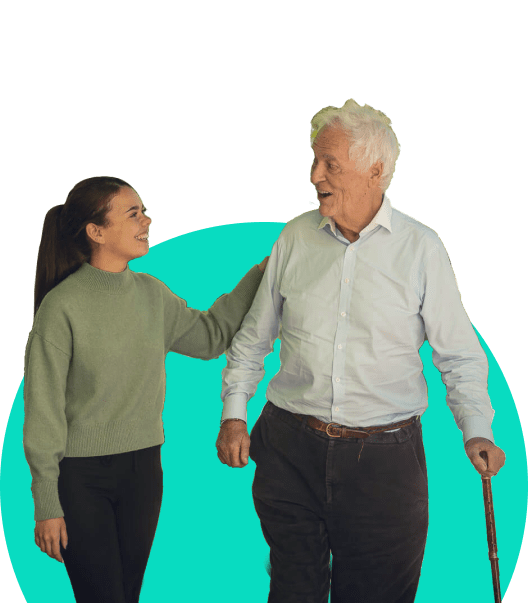The Elder
News and interviews
Browse interviews, advice and research on later life, from leading experts in the UK social care community.

Join the conversation on Facebook and LinkedIn. Got a story to share? Email us [email protected]
- LATEST
Tackling ageism in society and care
We spoke to the Centre for Ageing Better about their ‘Age Without Limits’ campaign. Find out about the devastating impact of ageism, and how we can all do our part to change negative perceptions of later life.